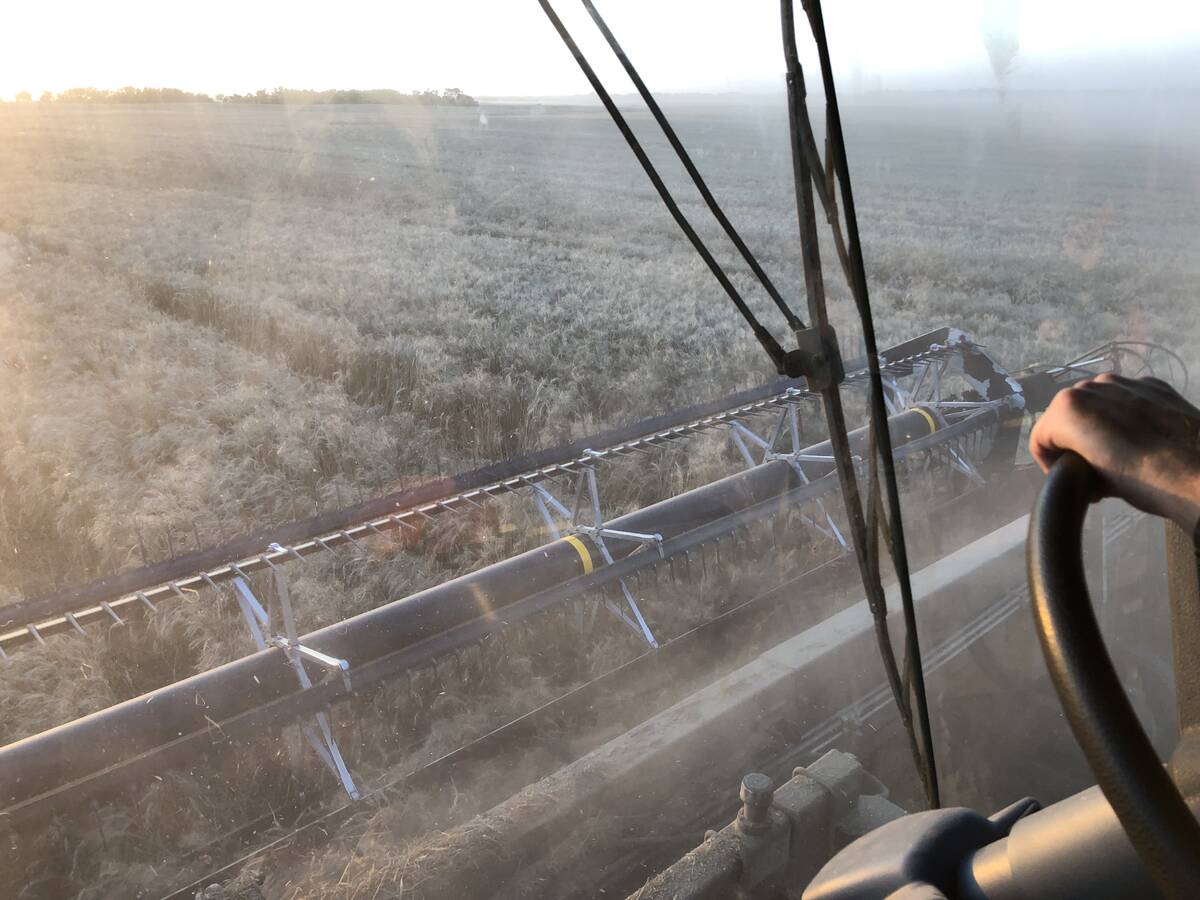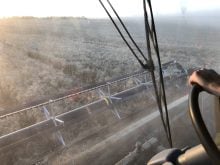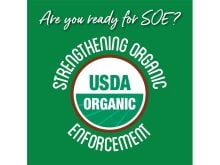Some equipment and software dealers have over-hyped the relevance of some high-technology tools pitched to farmers, says an agronomist who works in precision agriculture.
“Someone forgot about the farm manager,” said Brent VanKoughnet, who runs Agri Skills Inc., a consulting and training business.
“Toys for the sake of toys is a mistake.”
But VanKoughnet told farmers at the annual meeting of United Grain Growers that he believes technology will become increasingly critical to capture the potential of new markets.
“Everything is changing and precision (farming) might be a tool to help us capture opportunities,” he said.
Read Also

Mail strike disrupts grain sample delivery
The Canadian Grain Commission has asked farmers to consider delivering harvest samples directly to CGC offices, services centres or approved drop offs as Canada Post strike delays mail.
So far, yield monitors make the most sense for farmers who want to get an edge on learning how to use the new technology, said VanKoughnet.
Intensive soil sampling and variable rate fertilizer application doesn’t always make common sense, he added. Most farmers know from years of observation what spots in their fields need extra fertilizer.
On his 700-acre farm near Carman, Man., he rents a spin fertilizer spreader for a day to add nutrients to high spots with light soil: “precision agriculture that costs $25,” he explained.
But yield monitors give farmers a way to concretely verify their management decisions are the right ones.
Until recently, most farmers made decisions about input rates based on gut feelings, soil tests or recommendations from dealers or agrologists. But yield monitors measure the impact of adding or reducing inputs, he explained, giving farmers the power to better manage their costs.
VanKoughnet showed UGG delegates a yield map of a 75-acre hybrid canola field where he experimented with applying Rovral fungicide.
It was a little late to apply the fungicide since the canola was 60 to 70 percent in bloom. Many dealers would advise against it, he said.
But VanKoughnet used his yield monitor to measure the response, and found the fungicide cost made sense, even at the late date.
Where he applied the fungicide, yields ranged from 40 to 48 bushels per acre.
Where he didn’t, yields dropped to 24 to 32 bu./acre.
In another field, VanKoughnet applied an extra 30 pounds of nitrogen in strips for three years. His yield results show the extra cost made no measurable difference in yield.
Farmers are in the best position to capture and analyze their own data, he said, since no one knows better the nuances of their fields.
The data has value, he said. Farmers should be wary of giving it away to other people.
He cautioned farmers to let the data gradually steer their decisions rather than radically reacting to one year’s worth of data.
VanKoughnet believes farmers who know how to use technology will have the edge in the future when it comes to getting contracts to grow new, high-value identity-preserved crops. Precision farming will eventually help farmers demonstrate quality control through the growing season for the crops, and could become a marketing tool.
















